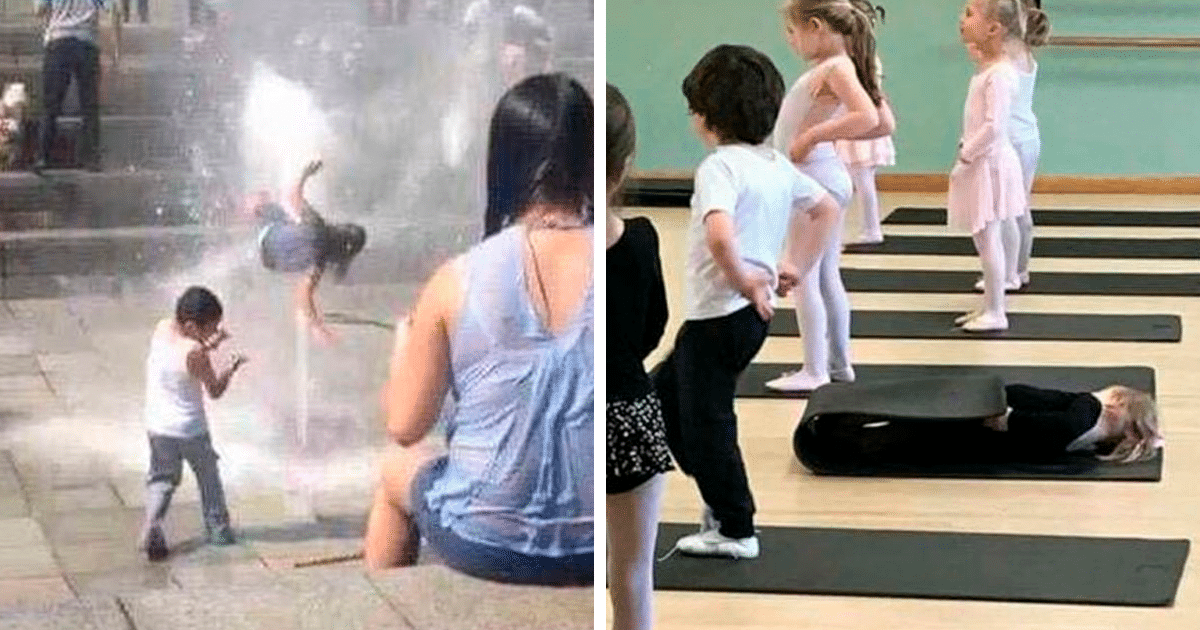Kids are always curious to learn something new, especially in the early years. But when they get an opportunity to satisfy their hunger for fresh experiences, they end up doing hilarious things. And produce plenty of memorable moments!
There’s a Facebook page called Kids in Predicaments. It collects pictures of all the funny and ridiculous situations our little explorers end up in. Like trying to flush themselves down the toilet or taking a nap in the middle of a group exercise. Continue scrolling to check them out!
1.

2.

According to experts at Kid’s Health, toddlers are always on the move. Between the ages of 1 and 3, they are literally scooting away from babyhood in search of new adventures. The little ones are learning to talk, walk and run, and to assert their independence. For many in this age group, “outside” and “play” become common requests.
But as a parent, you’re responsible for keeping your kids safe. Supervision and safety precautions, such as gates and electrical outlet covers, can be very important.
However, you’ll also want to offer your toddlers chances to explore. That means close supervision, but with the opportunity to enjoy different environments. From a walk in the woods to a trip to a museum, parents can give kids the space and freedom to investigate.
3.

4.

5.

6.
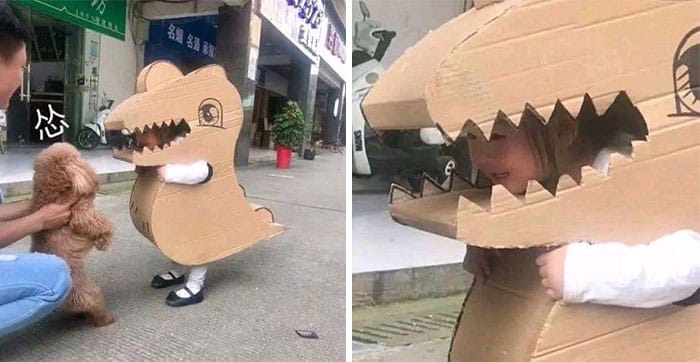
Exploring the inside and outside world — with supervision, of course — is important for toddlers’ emotional, social, and physical growth. This way, they learn about the world and how it works.
Think about it. Seeing an orange, for example, is one thing, but it’s another to grasp it with your hand, feel its cool, smooth surface, smell its fragrance, and maybe even taste it. That development is all the better if someone asks them questions like: What color is it? Is it big or little?
7.
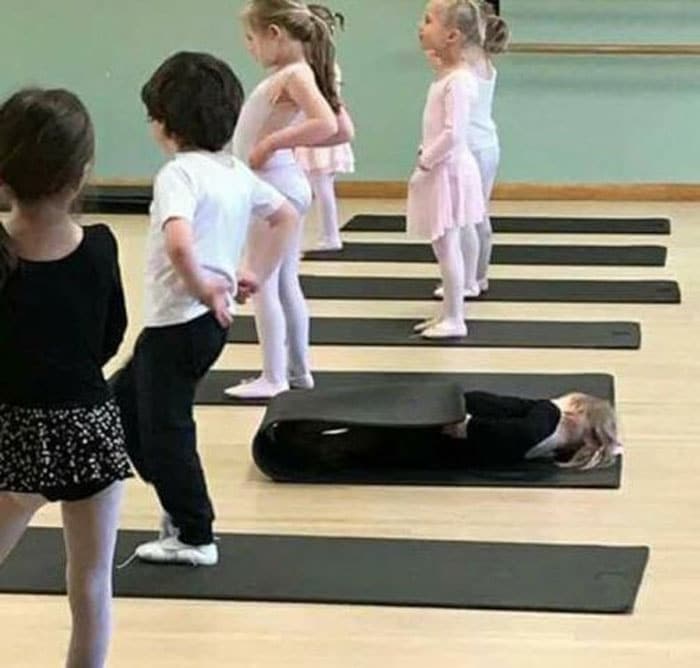
8.
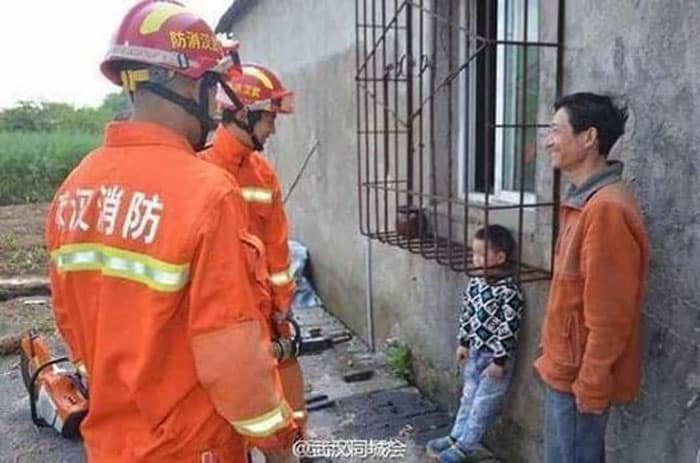
Exploring also allows toddlers to work on important motor skills. Whether it’s kicking a ball or climbing stairs, they can keep at it until they get it right. Doing so not only adds skills but also boosts their sense of confidence and competence. In other words, they begin to think: “I can do it!”
Letting kids explore is one way to ensure they get enough daily physical activity. Allow plenty of time every day for your child to be active throughout the day.
9.

10.
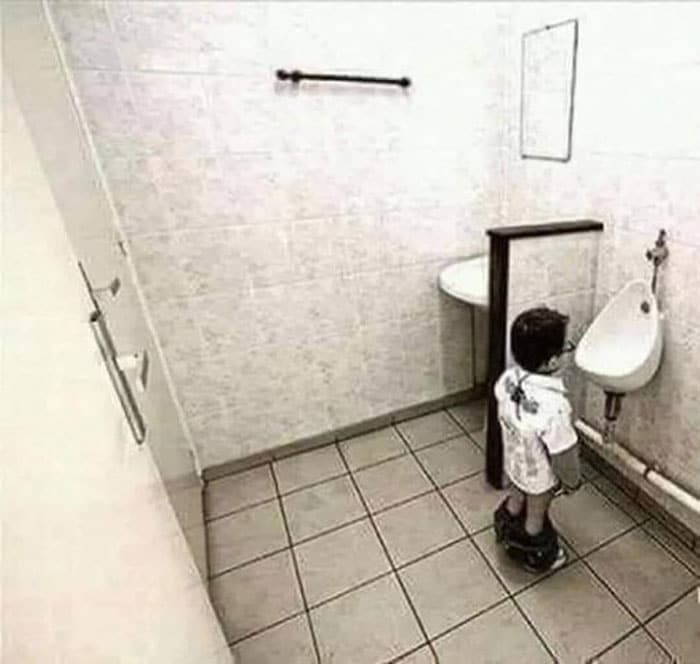
11.
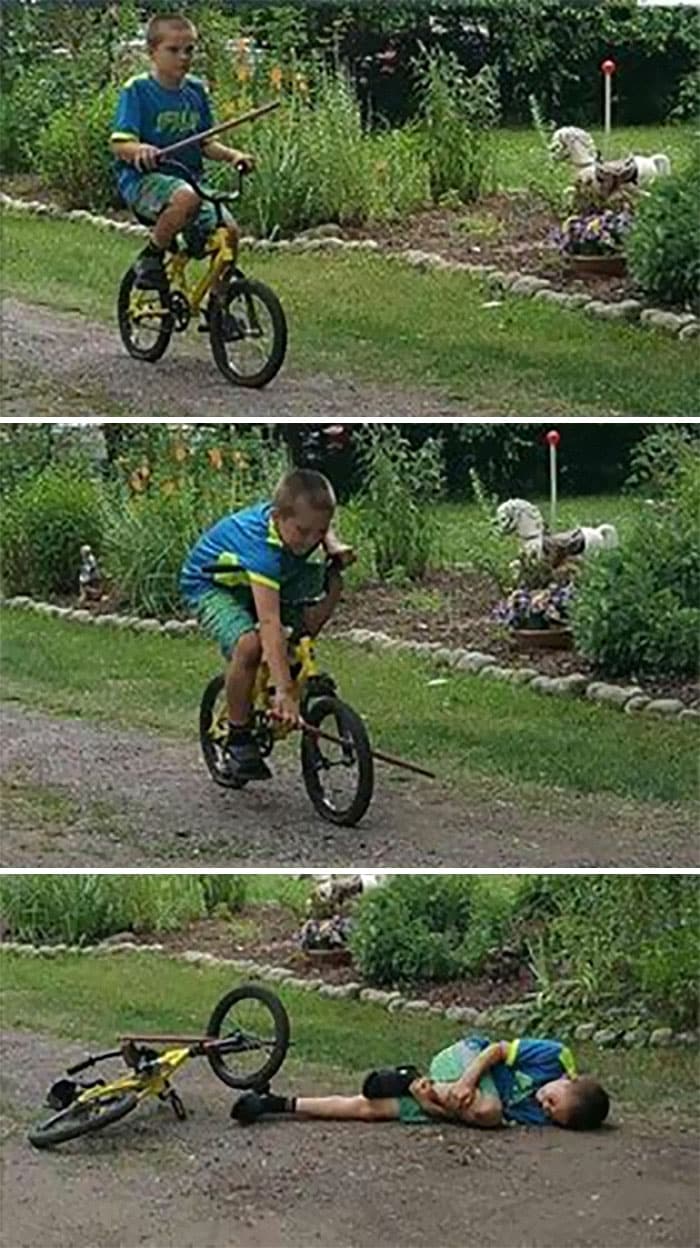
12.
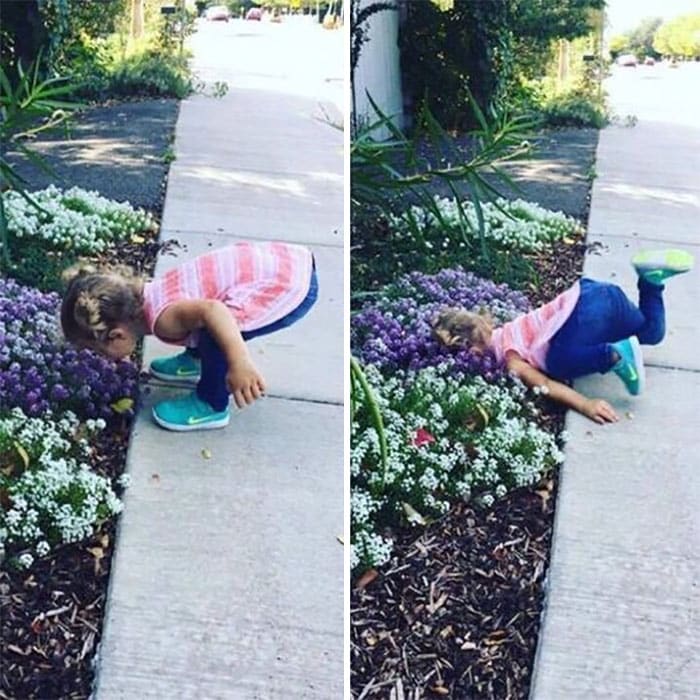
The possibilities for indoor amusement are plentiful. Here are a few:
- Mirror, mirror. At this stage, kids learn to recognize themselves in pictures or mirrors. Securely set up a mirror at eye level and let your child explore his or her own face. Ask “Where’s your nose?” or “Can you open your mouth?” Fill a small photo album with pictures of relatives and friends that you can look through together or let your child look at on his or her own. Toddlers also enjoy imitating the behavior of others. Try playing physical or verbal imitation games.
- Kid-friendly cabinets. Turn some low-lying cabinets into exploration shelves, stacked with things a toddler can pull out, bang together, and shake around. Choose only child-safe items and be sure to supervise.
13.
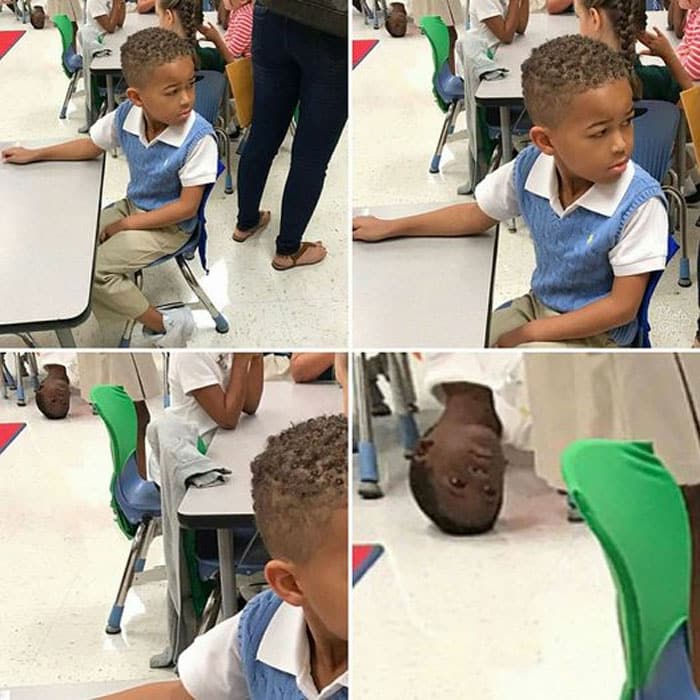
14.

15.
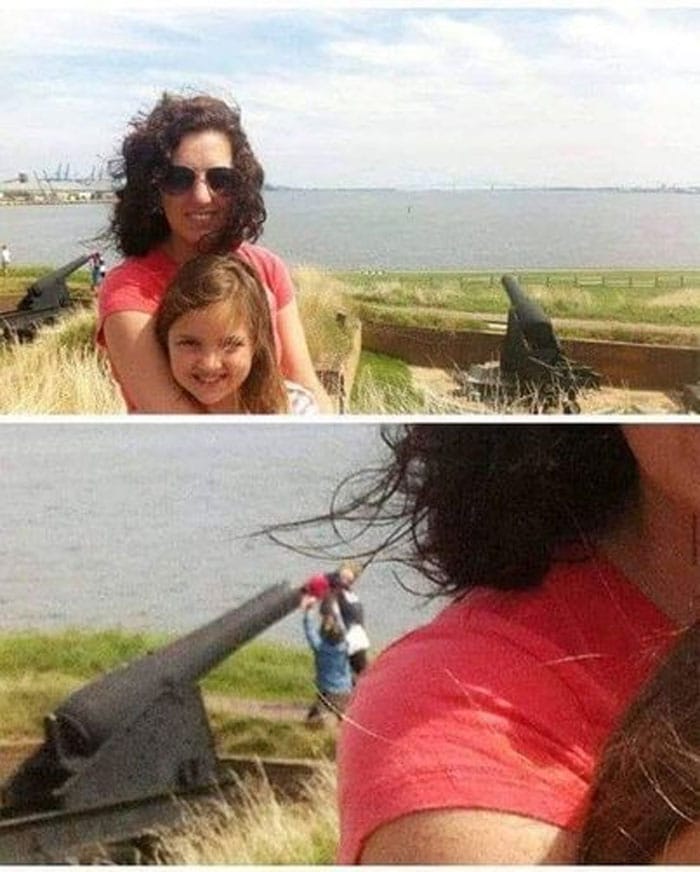
16.

- Tactile toys. Toddlers love to use their sense of touch. Set your older toddler up with some Play-Doh (store-bought or homemade), finger paint, or other age-appropriate materials that can safely be squeezed, patted, poked, and prodded. Younger toddlers will like wrapping paper, wax paper, or textured toys that are fun to touch and crinkle.
- Household toy box. To encourage imagination, create a toy box with dolls, safe housekeeping items like clean sponges or brushes, dress-up clothes, and toy telephones (without cords). Plastic containers with lids, plastic cups, and plates, and just about anything you can stack, pile, fill, and empty, or nest also make great toys for toddlers.
- Climbing mount staircase. Many toddlers like to climb stairs. Go up and down together on carpeted stairs, but be sure to replace gates when you are done. On flat ground, depending on your child’s age and abilities, practice walking backwards or on tiptoes. Imitate animals (walk like a penguin, jump like a kangaroo, etc.) or dance to music.
17.
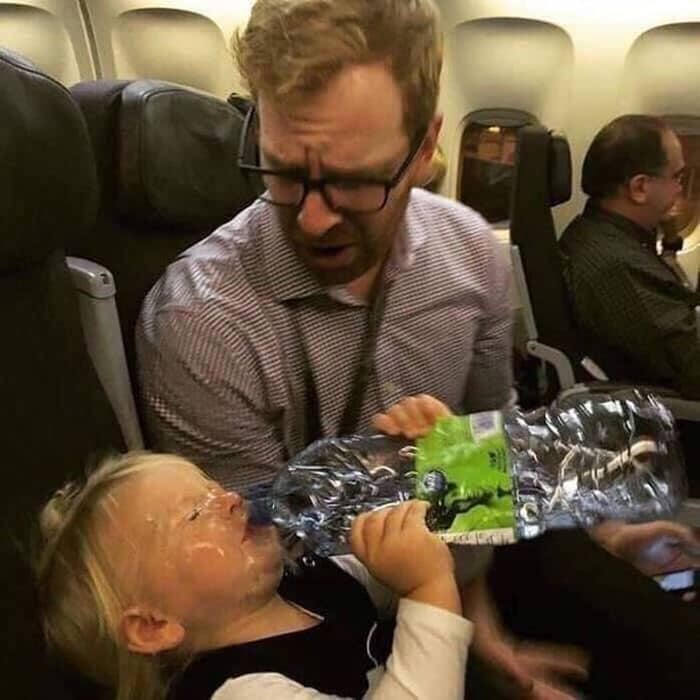
18.

19.
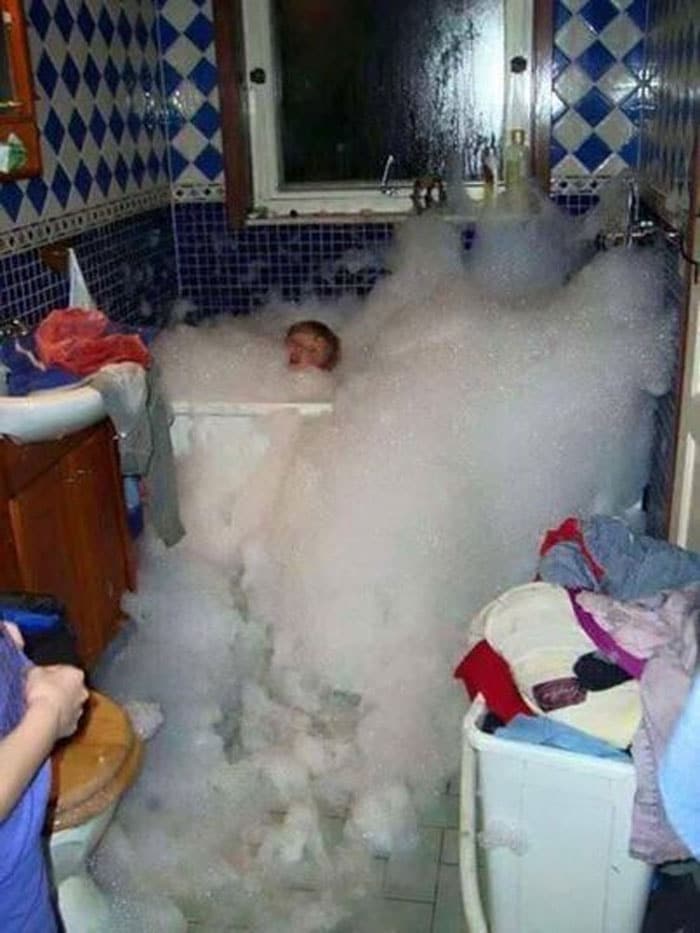
20.

And here are a few ways for exploring outside:
- Play ball. Have a variety of balls around to play with. During the toddler years, kids learn to kick, throw, and catch balls.
- Beach it. Even just in the backyard, water and sand are great tactile attractions for toddlers. Create a water table or use a small basin or bucket to float boats, use other water toys, and splash around. Create a sandbox or take kids to the beach to let them feel sand on their toes and fingers. Always supervise kids around water, and dump out water from containers when you’re done. Be sure to cover sandboxes when not in use to keep pets and other animals from contaminating them.
21.
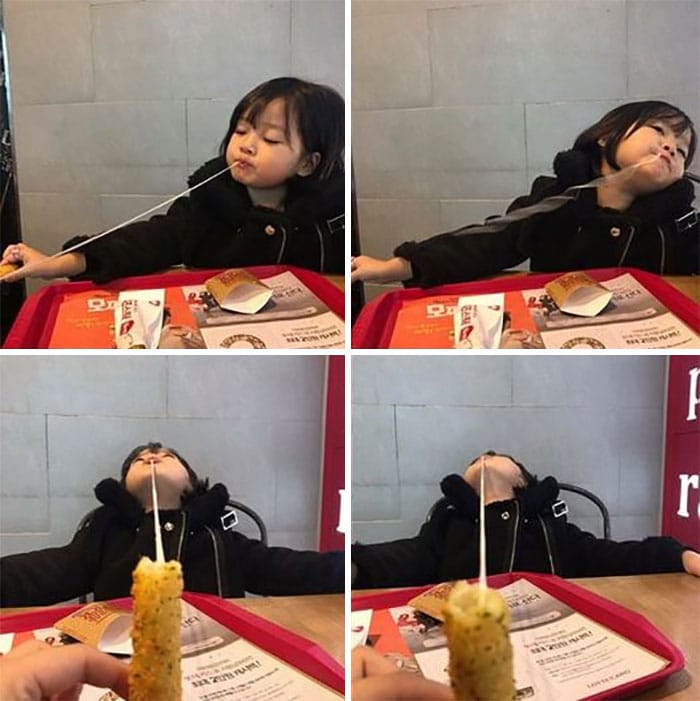
22.

23.
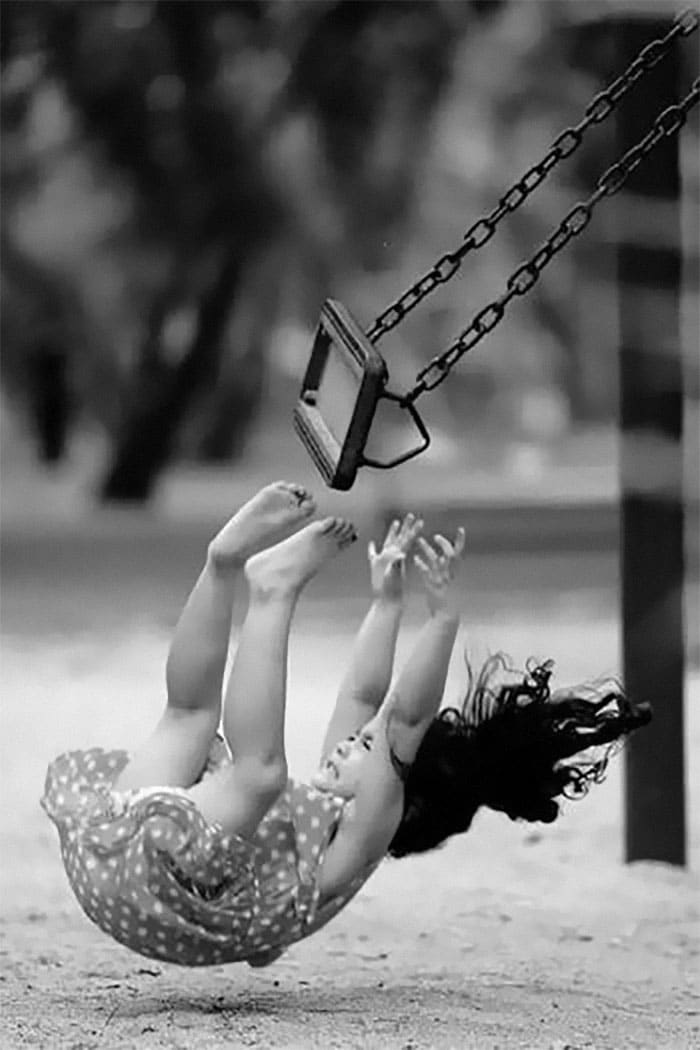
24.

- Examine nature. Encourage your child to pick up leaves and rocks, feel the bark on trees, and collect bugs.
- Chalk it up. Sidewalk chalk comes in big sizes, perfect for the toddler grip. Their “drawings” are abstract at best, but they’ll delight in watching their scribblings appear.
- Make a lunch date. Group expeditions that bring a bunch of toddlers together in an open space —a park, gym, recreation center, or someone’s backyard — can be fun for adults and kids. The kids might not interact much at this age, but they’re learning to and are eager to see other faces and kids.
25.
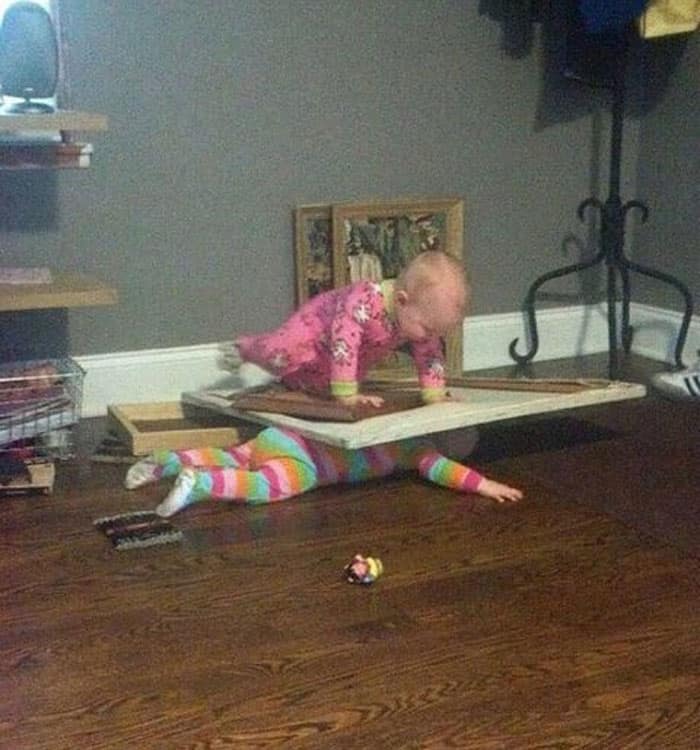
26.
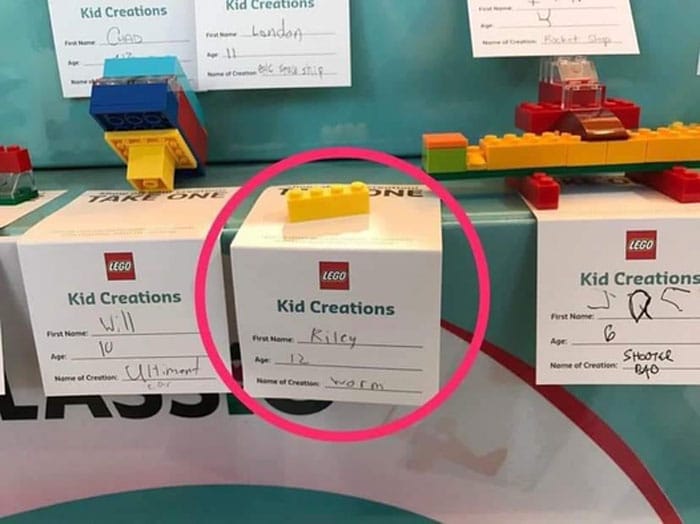
27.

28.

The important thing to remember is that it’s the journey that counts. Anyone who’s tried walking a child to the library or a friend’s house knows that there are many distractions and stops. Kids are often amazed by and want to examine even the most mundane everyday things. Bugs, rocks, lawn ornaments, fallen leaves, parked cars — they think it’s all fascinating. So encourage them to go for it! Who knows, maybe you’ll end up getting a few funny pictures as well.
29.

30.
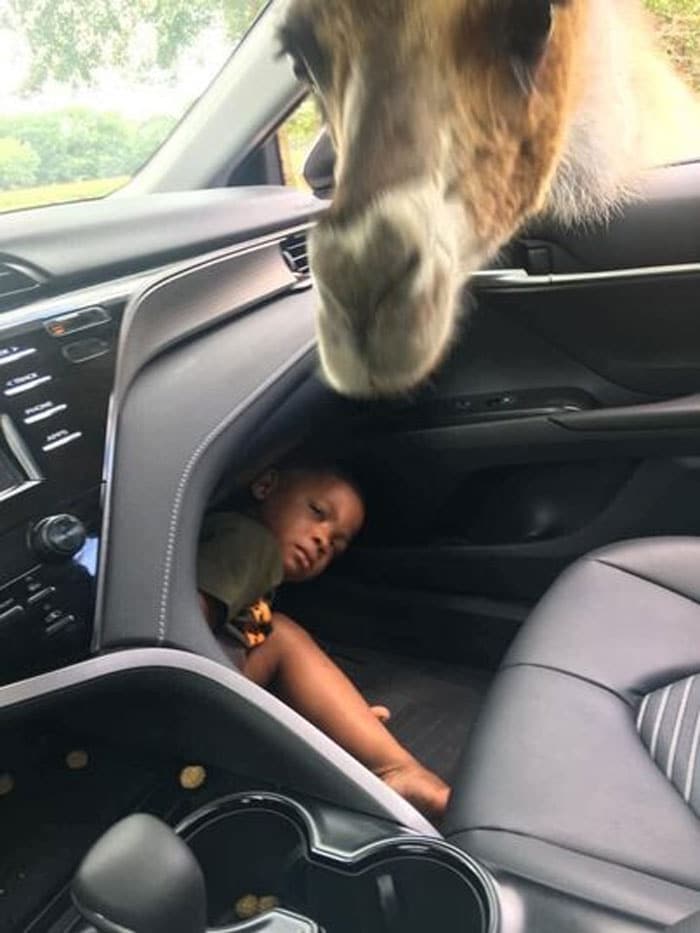
31.
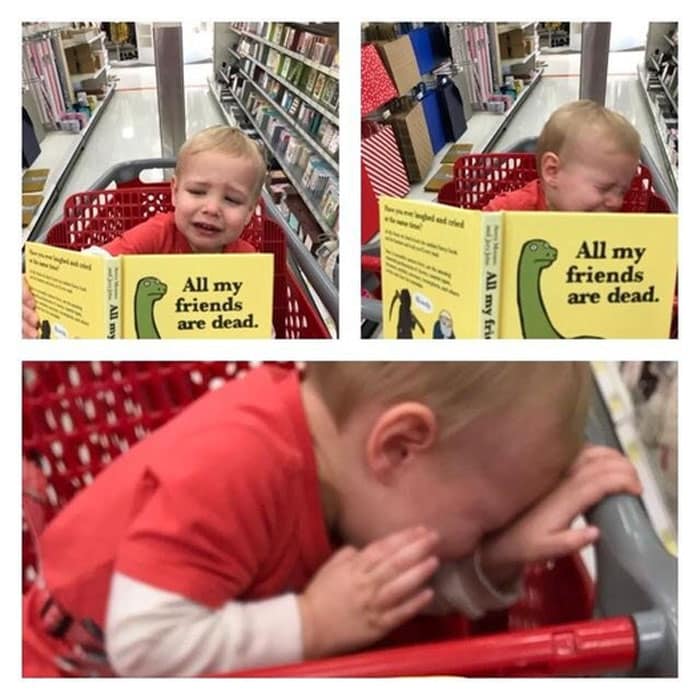
32.
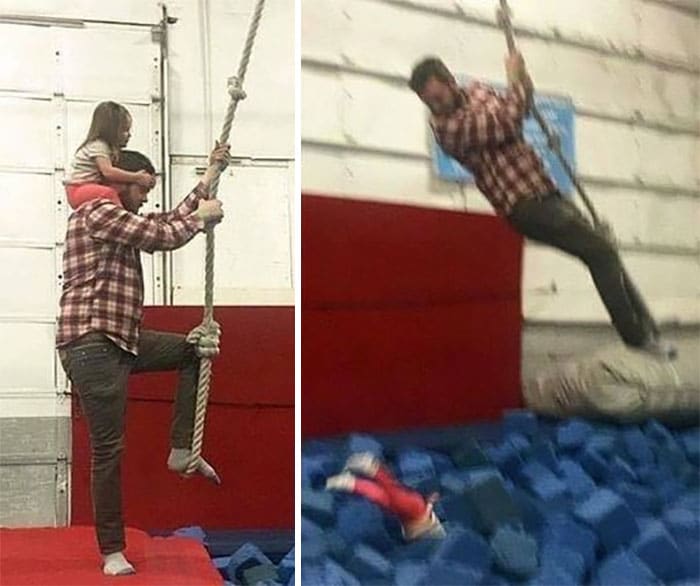
33.
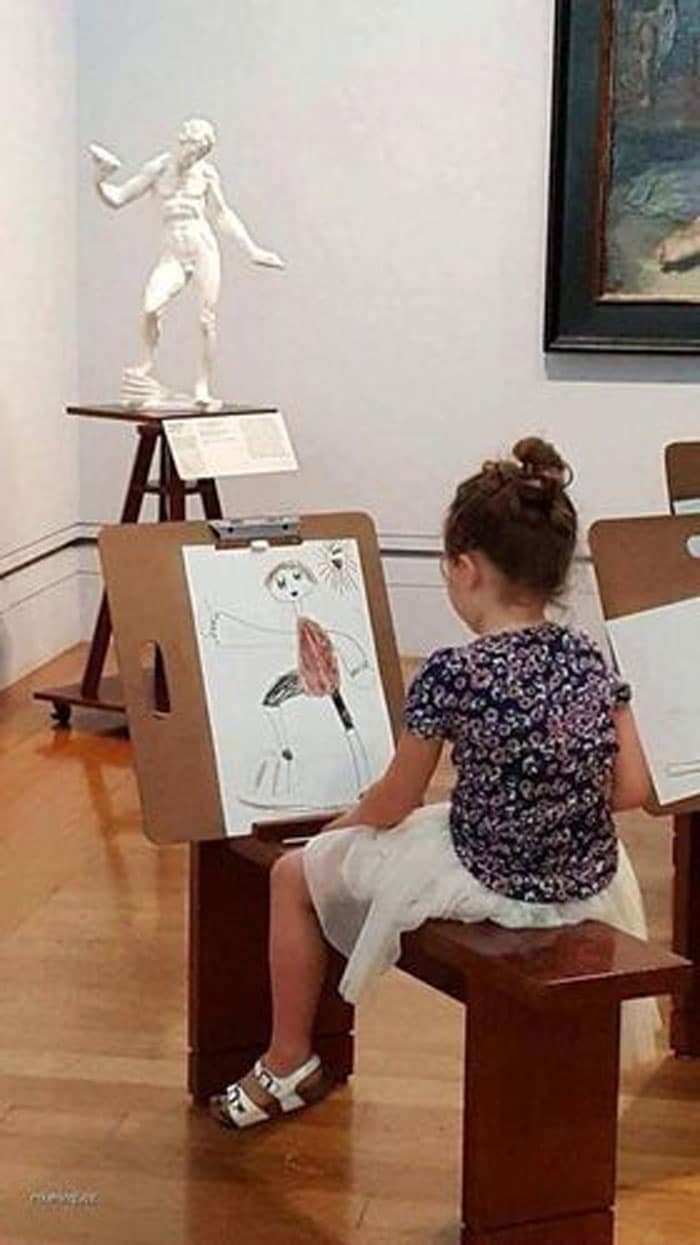
34.
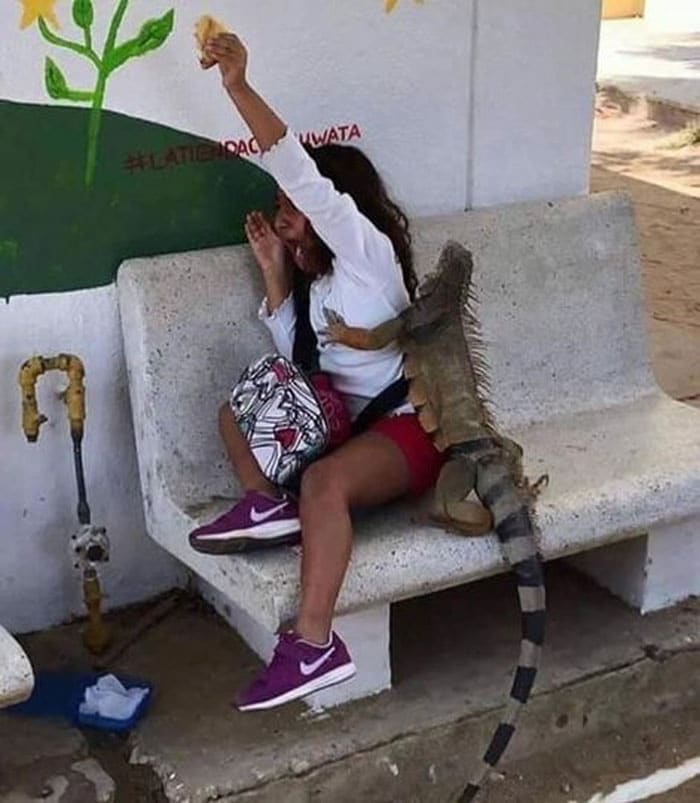
35.

Did you like these pictures of kids falling prey to unexpected and funny situations? Has your kid also done something this funny? If so, you can share them with us in the comment section. We would love to see them.


